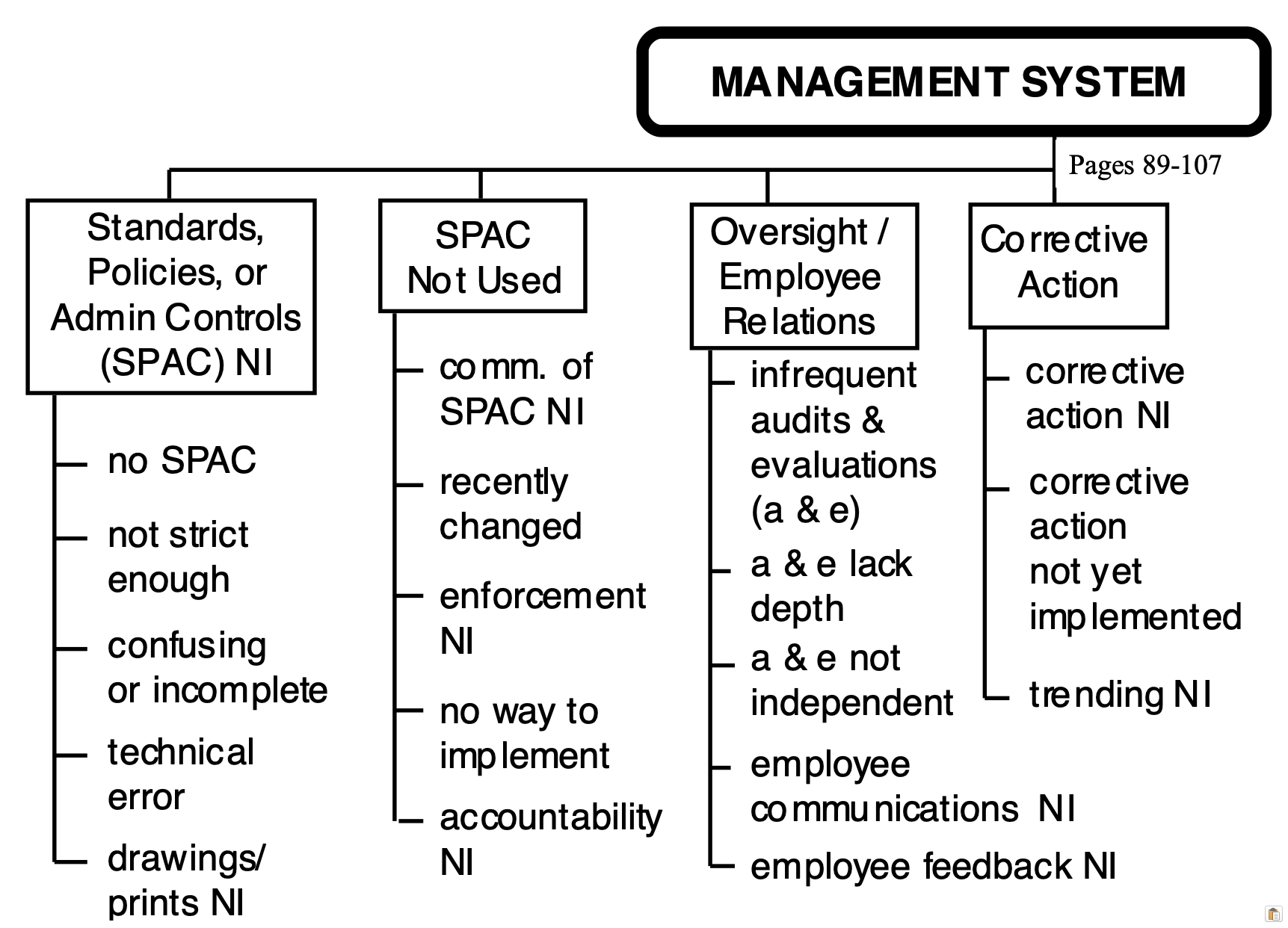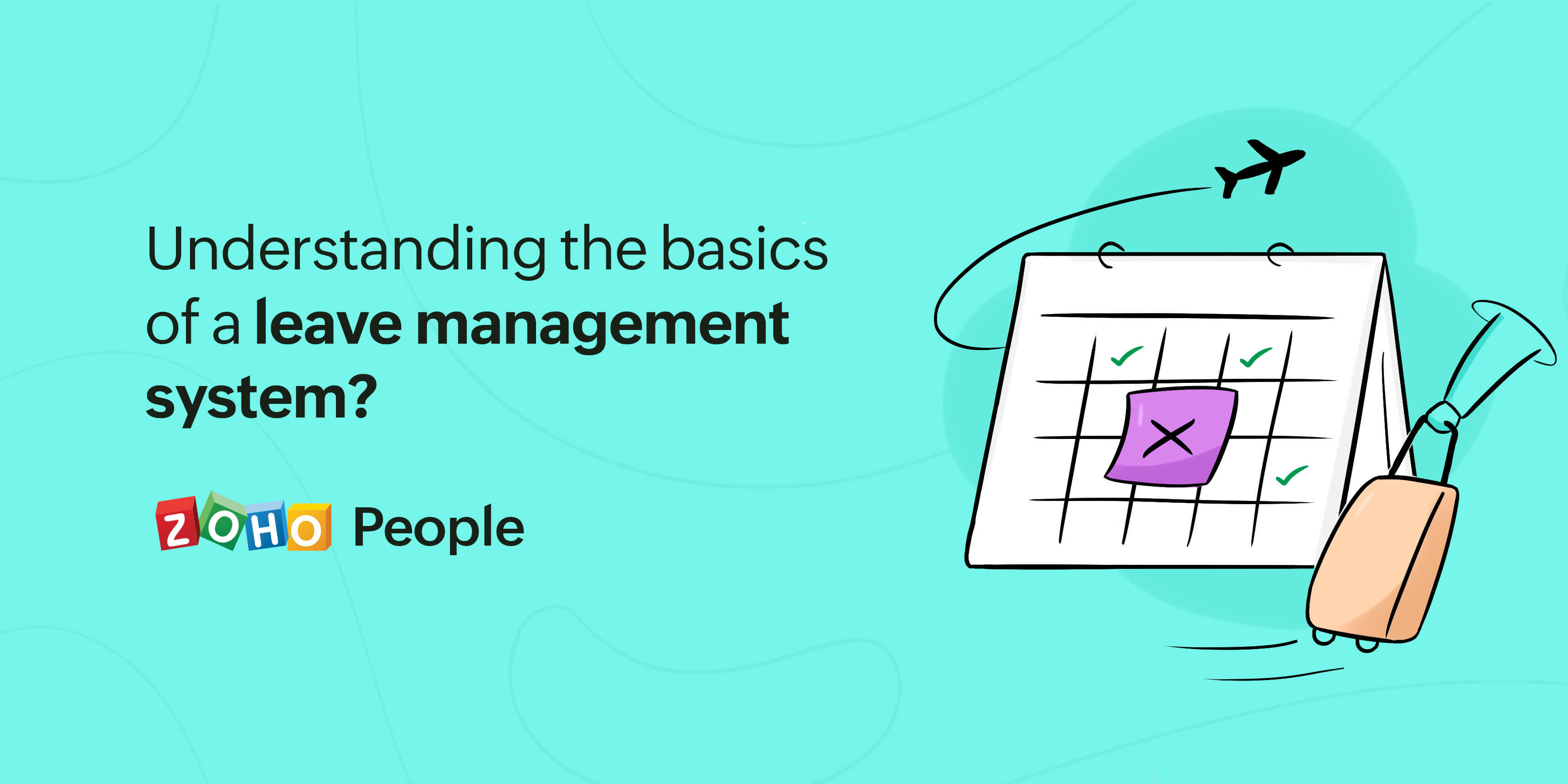Unlock RemoteIoT Management: The Ultimate Guide For 2024
Tech leaders, are you navigating the complex world of IoT with a system that truly empowers you? If remote control and optimization of your IoT infrastructure seem like a distant dream, it's time to wake up: The right RemoteIoT management system is no longer a luxury, but a necessity for staying competitive and secure.
Envision a world where every IoT device, from smart sensors in a factory to connected medical devices in a hospital, responds instantly to your commands, regardless of your location. This isn't some futuristic fantasy. Thanks to breakthroughs in RemoteIoT management systems, this level of control, security, and efficiency is within reach. The challenge lies in deciphering which system aligns best with your unique operational demands. Navigating the sea of available solutions requires a keen eye and a strategic approach.
| Category | Information |
|---|---|
| Concept | RemoteIoT Management System |
| Definition | A system that allows users to monitor, control, and manage IoT (Internet of Things) devices from a remote location. |
| Key Features | Real-time monitoring, automated updates, advanced analytics, device provisioning, security features. |
| Benefits | Increased efficiency, enhanced security, cost savings, scalability, real-time insights. |
| Top Systems | AWS IoT Core, Microsoft Azure IoT Hub, Google Cloud IoT Core, IBM Watson IoT Platform, Bosch IoT Suite, Particle IoT, Losant IoT Platform, ThingsBoard, Ubidots, Zerynth. |
| Challenges | Security risks, interoperability, scalability, cost. |
| Future Trends | Edge computing, AI and machine learning, 5G connectivity, blockchain. |
| Reference | IBM IoT Platform |
This comprehensive guide aims to do just that. By meticulously examining and evaluating the premier RemoteIoT management systems currently available, this analysis will dissect their functionalities, pricing structures, reliability records, and user feedback. The objective is to equip you with the knowledge necessary to make a well-informed choice. So, let's delve into the core elements of these systems and uncover what distinguishes them.
- Nate Kane The Untold Story Of Batmans Son Dc Comics
- Unveiling The Truth The Garth Brooks Conspiracy Theory Amp More
Before delving into the intricate details of the top-tier RemoteIoT management systems, it's essential to comprehend the significance of remote management. Simply stated, RemoteIoT management empowers you to oversee, govern, and administer your IoT devices from any location, at any time. This eliminates the need for on-site device inspections, which translates to substantial savings in time, expenses, and resources.
Furthermore, with the escalating proliferation of IoT devices across diverse sectors, the demand for streamlined management has never been more critical. RemoteIoT management systems provide functionalities such as real-time monitoring, automated updates, and sophisticated analytics, enabling businesses to maintain a competitive edge.
- Increased efficiency: Automate repetitive tasks and streamline operations.
- Enhanced security: Protect your devices and data from cyber threats.
- Cost savings: Reduce maintenance costs and improve resource allocation.
- Scalability: Easily add or remove devices as your business grows.
- Real-time insights: Get actionable data to make informed decisions.
With the importance of RemoteIoT management now firmly established, let's shift our focus to the primary subject the foremost RemoteIoT management systems accessible today.
- Unlocking Hannah Kae Fanfix What Is It Why Fans Love It
- Tata 41 Height All About Dimensions Specs More
Through extensive research and detailed analysis, a compilation of the leading 10 RemoteIoT management systems that are currently shaping the industry has been created. Each system boasts a unique set of attributes and advantages, which will be examined more closely.
AWS IoT Core stands as a formidable cloud-based platform engineered to facilitate the connection and management of billions of IoT devices. Renowned for its stringent security protocols and seamless compatibility with other AWS services, AWS IoT Core is the preferred choice for businesses across all scales.
Microsoft Azure IoT Hub delivers a full spectrum of tools designed for the management of IoT devices, encompassing device provisioning, monitoring, and analytical capabilities. Its intuitive interface and thorough documentation render it a superb option for users of all expertise levels.
Google Cloud IoT Core offers a robust and secure platform for managing IoT devices, characterized by its scalable infrastructure and integration with Google's advanced machine learning tools. This system is ideally suited for businesses aiming to harness the power of AI within their IoT frameworks.
IBM Watson IoT Platform is a feature-rich platform equipped with real-time insights and predictive analytics. Its seamless integration with IBM's AI technologies makes it a leading solution for businesses seeking to optimize their decision-making processes.
Bosch IoT Suite provides a versatile and modular framework that enables the creation of custom IoT solutions. Its open-source architecture and extensive range of connectors facilitate easy integration with existing systems.
Particle IoT is a cloud-based platform that streamlines both IoT development and management. Its user-friendly tools and cost-effective pricing make it an appealing option for startups and small businesses.
Losant IoT Platform features a drag-and-drop interface for constructing IoT applications, making it accessible to users without technical expertise. Its robust community support and vast library of pre-built integrations make it a favored choice among developers.
ThingsBoard is an open-source platform delivering real-time monitoring and control functionalities for IoT devices. Its adaptability and customization possibilities have cemented its status as a popular choice for both developers and large enterprises.
Ubidots is a cloud-based platform that emphasizes simplicity and ease of use. Its drag-and-drop interface and ready-to-use integrations make it an excellent selection for businesses looking to swiftly implement IoT solutions.
Zerynth is a specialized platform focused on IoT device management and development, offering compatibility with a wide array of programming languages and hardware platforms, making it a versatile option for developers.
Selecting the most appropriate RemoteIoT management system from the numerous available options can be a daunting task. Here are critical factors to consider when making your decision:
- Scalability: Verify that the system can expand alongside your business and fulfill future requirements.
- Security: Prioritize systems with robust security features to safeguard your devices and data.
- Integration: Opt for a system that integrates effortlessly with your current IT infrastructure.
- Cost: Scrutinize the pricing model and ensure it fits within your budgetary constraints.
- Support: Choose a system supported by dependable customer service and a thriving user community.
By weighing these elements, you can refine your selections and pinpoint the RemoteIoT management system that best suits your business.
Specific features can significantly enhance RemoteIoT management systems. Essential features include:
- Real-time Monitoring: Obtain immediate updates on device performance and condition.
- Automated Updates: Keep your devices current with minimal intervention.
- Advanced Analytics: Extract valuable data insights to inform strategic business choices.
- Device Provisioning: Simplify the addition or removal of devices from your network.
- Security Features: Employ encryption and authentication methods to protect your devices and data.
Incorporating these features ensures your RemoteIoT management system is not only efficient but also dependable and secure.
Data from Statista projects the global IoT market to hit $1.1 trillion by 2026, fueled by increased IoT device usage across sectors like healthcare and manufacturing. McKinsey's research indicates that 84% of companies are using IoT to some extent, underscoring the necessity for effective management systems.
These figures emphasize the need for businesses to invest in strong RemoteIoT management solutions, which will help them outperform competitors and capitalize on IoT technology opportunities.
Despite its advantages, RemoteIoT management presents challenges. Common issues include:
- Security Risks: IoT devices are susceptible to cyberattacks, making security a primary concern.
- Interoperability: Ensuring that devices from different manufacturers work seamlessly together can be challenging.
- Scalability: Managing your IoT network effectively becomes increasingly complex as it expands.
- Cost: The costs associated with implementing and maintaining a RemoteIoT management system can be substantial.
Addressing these challenges proactively can smooth the implementation process.
To illustrate how RemoteIoT management systems operate in practice, let's explore some real-world examples:
A European city implemented a RemoteIoT management system to oversee smart streetlights, cutting energy use by 30% and saving millions in maintenance costs.
An Asian manufacturing plant used a RemoteIoT management system to track its production line, identifying and resolving bottlenecks to boost productivity by 20%.
These examples highlight the tangible benefits of RemoteIoT management systems.
The RemoteIoT management sector is continually evolving, with emerging trends including:
- Edge Computing: Processing data closer to the source for quicker insights and reduced latency.
- AI and Machine Learning: Enhancing predictive analytics and automating decisions with AI.
- 5G Connectivity: Improving device communication speed and reliability.
- Blockchain: Enhancing security and transparency in IoT networks using blockchain.
Keeping pace with these trends ensures your RemoteIoT management system remains effective.
- Guide What If Download In Hindi Vegas Is It Possible
- Unlock Knowledge What Is The Aishahsofey Pack Your Guide

Management System TapRooT® Root Cause Analysis

Implementing a Safety Management System A StepbyStep Guide

What is a leave management system? HR Blog HR Resources HR